Celebrating its 10th anniversary this year, the SNEC 2016 PV Power Expo in Shanghai, China, surpassed its large 2015 predecessor in size and thus easily defended its ongoing rank as largest solar energy exhibition worldwide.
If you missed the SNEC 2016 don’t worry. We came again to the Shanghai New International Expo Center (SNIEC) to check out the latest solar products and technology trends. In this article, we want to share with you some major technology trends that caught our attention.
“Borderless” cell-to-cell interconnection
An obvious technology trend during SNEC 2016: PV modules using busbar-less (0BB or zero busbar) cell designs. A hot topic amongst visitors, which we already covered earlier in our article about the technology features, present, and future of solar cell busbars.
PV module manufacturers such as Eging, GCL and Seraphim presented their respective new PV module models featuring such “borderless” cell-to-cell interconnections without busbars
Electrical interconnection is basically achieved by laser-cutting conventional cells into slices and pasting these slices directly together.
The potential advantages are manifold, including:
- reduction of cell-to-cell electrical losses
- reduced costs of balance of system (BOS) components, in particular, the expensive silver paste
- much better module aesthetics, especially all-black solutions using mono c-Si cells
- better module space usage ratio
- improved power yield/ square meter
- higher module efficiency
As is common with new technology trends, only time will tell if these new module designs and their potential advantages hold up to what they promise.
A look at the unique selling point stickers pasted on the exhibited modules interestingly showed striking content similarities…
Automatic PV array cleaning technologies
As more and more PV power plants are installed in literally very deserted parts of the world, there is an increasing need for cost-efficient and automated operation and maintenance (O&M) solutions. These are especially needed in sandy desert environments where dust, sand, and other particles constantly impact power yield and pose significant challenges to proper plant operations.
Particularly challenging effects are:
- spot-size effects of sand and dust particle retention
- light-shielding by sand and dust particles
- corrosion due to sand and dust particle retention
As the water in those kinds of environments is very scarce and regular PV module cleaning a tedious, costly, and overall health-challenging task, automatic PV module cleaning devices are more and more sought for.
This is a trend that was also mirrored by the large presence of companies specializing in automatic PV module cleaning technologies at the SNEC 2016.
Being the international PV module manufacturing hub and with increasingly more PV plants getting connected in the deserts of Xinjiang, Gansu, and Qinghai, it is no wonder that Chinese companies are stepping into the market of automatic PV module cleaning devices.
Outdoors at the SNIEC compound, companies such as SFRD (Beijing Sifang Ruide) and Shandong-based Haowo Electric exhibited their water-less automatic mechanical PV module cleaners.
These devices feature an integrated brush that is mounted on a string of modules and runs during cleaning along attached rails over the modules. Both companies showed models with integrated solar modules for charging the built-in battery.
Haowo Electric both has longitudinal and horizontal PV module cleaning devices in its portfolio that feature tempered glass-friendly polymer-made spiral brushes, remote control functions, and string reach of up to 800m.
Inside the exhibition halls, visitors could admire the award-winning RAYBOT, an automatic solar PV module cleaning robot from Guangdong-based company Ecovacs Robotics, which has attained international fame for its advanced robot technologies.
RAYBOT is a water-free cleaning robot that works like an automatic vacuum cleaner, running on the surface of solar modules up to an angle of 55° and cleaning modules with nylon-made brushes.
While many other cleaning devices sweep and blow the dirt particles merely away and potentially to the frame edges and corners, the RAYBOT has a built-in dustbin that collects the particles for later removal.
It also features a built-in filtration system to counter the effects of floating dust. Overall, developer Ecovacs Robotics promises 99% cleaning coverage.
RAYBOT was definitely a SNEC 2016 eyecatcher and is particularly designed for (large-scale) automated PV power plant cleaning.
Double glass modules at SNEC 2016
Not new but increasingly trending, double glass (also called: dual glass or glass-glass) PV modules decorated the booths of many PV manufacturers, such as Trina Solar and JA Solar.
So, what makes double glass modules so trending? Well, it’s first of all the manufacturers of such module types and their customers find liking in these.
There are certainly good arguments to move PV module design away from the traditional glass superstrate (front) and polymer substrate (back):
- module cost reduction: unlike other components, on average, aluminum prices have over the past 20 years been relatively stable
- less bending stress due to even parallel glass structures and thus better distribution of stressing loads such as snow, whereas such stress concentrate on the center of conventional PV modules with the aluminum frames providing for the overall structural
- typical (silicon dioxide) glass is by its chemical nature very stable (unreactive) and thus cannot burn unless subjected to specific highly reactive acids
- appealing overall aesthetics of double glass modules and their design-wise suitability for BIPV applications
- many manufacturers provide better (longer) warranty terms, mirroring the confidence in glass which has been known much longer too and is better understood by mankind than polymers
Despite all these appealing advantages, a theoretically considerable drawback of double glass modules is potentially higher operating temperature levels, reducing the efficiency of the cells. The reason behind this is that glass transmits heat comparably worse than polymer and this more heat builds up at comparably greater magnitude within the double glass sandwich.
Another potential drawback is also the higher weight of glass as compared to standard backsheet material such as TPT, which is however compensated by the non-usage of (also relatively heavy) aluminum frames.
“LID-free” PV modules and testing equipment
PID-free modules were yesterday… nowadays manufacturers have identified LID-free as a trending marketing gig. This was also mirrored by the many advertisements of LID-free PV modules at this year’s SNEC.
Other than PID (Potential Induced Degradation) which is triggered by different voltage potentials in a module, LID (Light Induced Degradation) is triggered by sunlight.
Light-induced degradation basically refers to a natural physical process in which the sunlight-induced flow of electrons through the p-n junctions causes degradation of those silicon PV modules. This process is commonly summarized as (initial) power stabilization of PV modules.
Similar to the problem of PID-free advertised PV modules, it remains to be seen if every piece of these trending LID-free advertisements can be trusted, especially in the absence of an established standard.
As analyzed in an earlier article on Sinovoltaics.com, while many manufacturers have labeled their modules with power stabilization rates of 3%, these values have however proven to be gross understatements.
Accurate measurements of LID effects on a PV module require precise quality sun simulators with steady-state and long pulse artificial sunlight. An outstanding piece of equipment at the SNEC 2016 has in this regard been the new Climate Chamber Solar Simulator by award-winning Dutch PV testing equipment manufacturer Eternal Sun.
The Climate Chamber Solar Simulator combines I-V testing with climate chamber testing and exposes a module to constant illumination during the climate chamber cycles, thus adding LID to degrade a module.
This multi-functional degradation testing device allows for accurate PV module performance testing under influence factors such as humidity and temperature.
Anyone that also visited SNEC 2016 and came across other products and technologies worth mentioning? Feel free to comment!

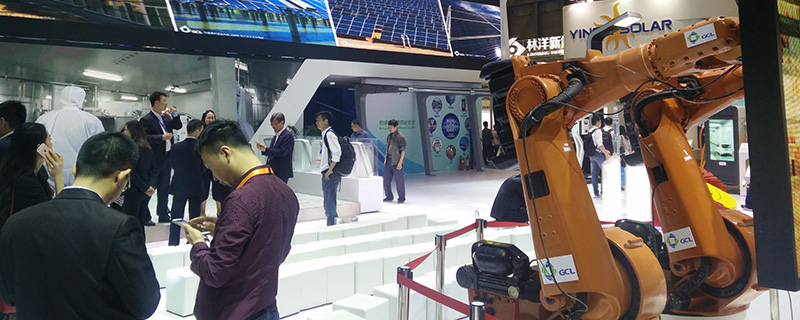
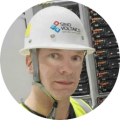
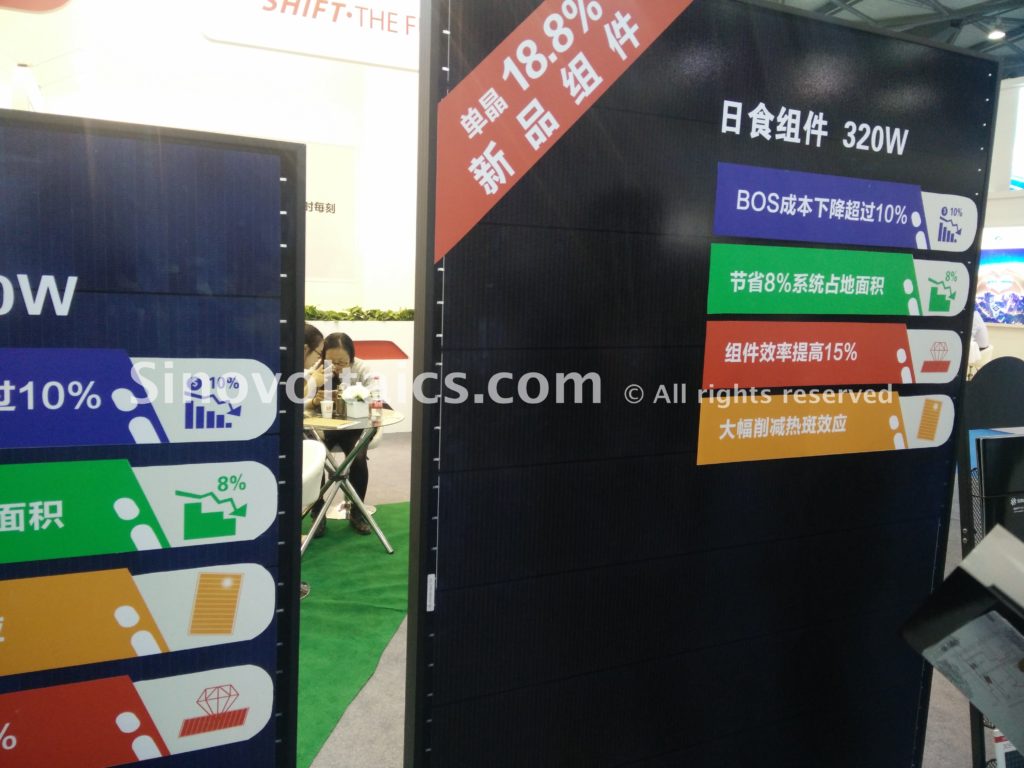
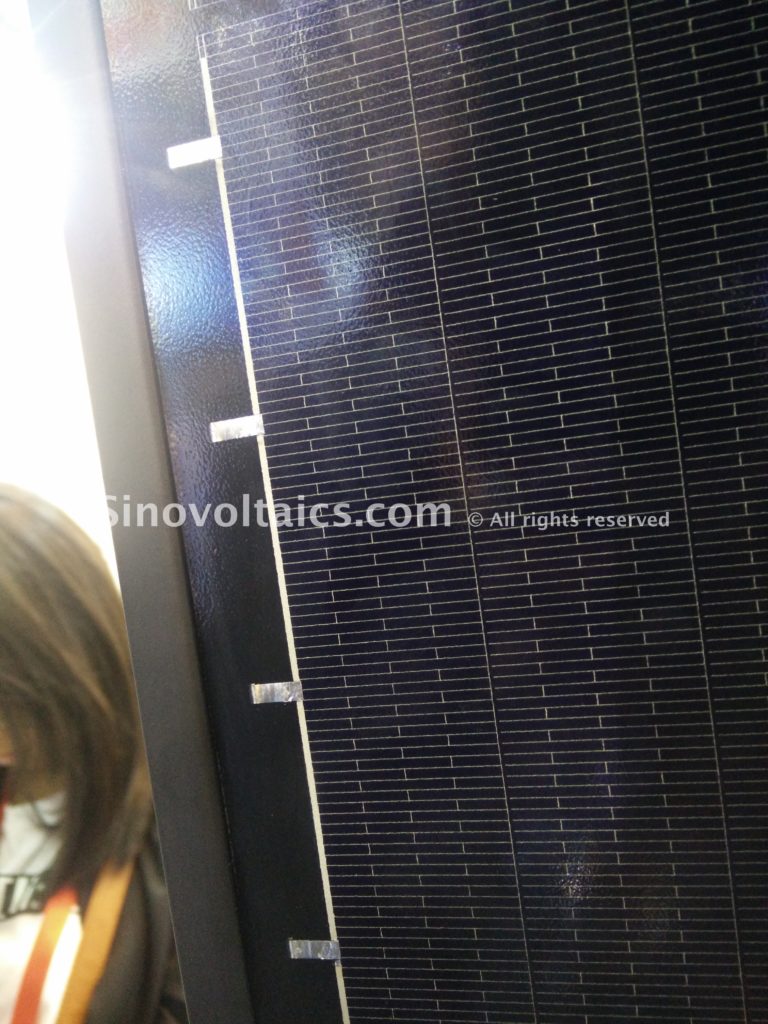
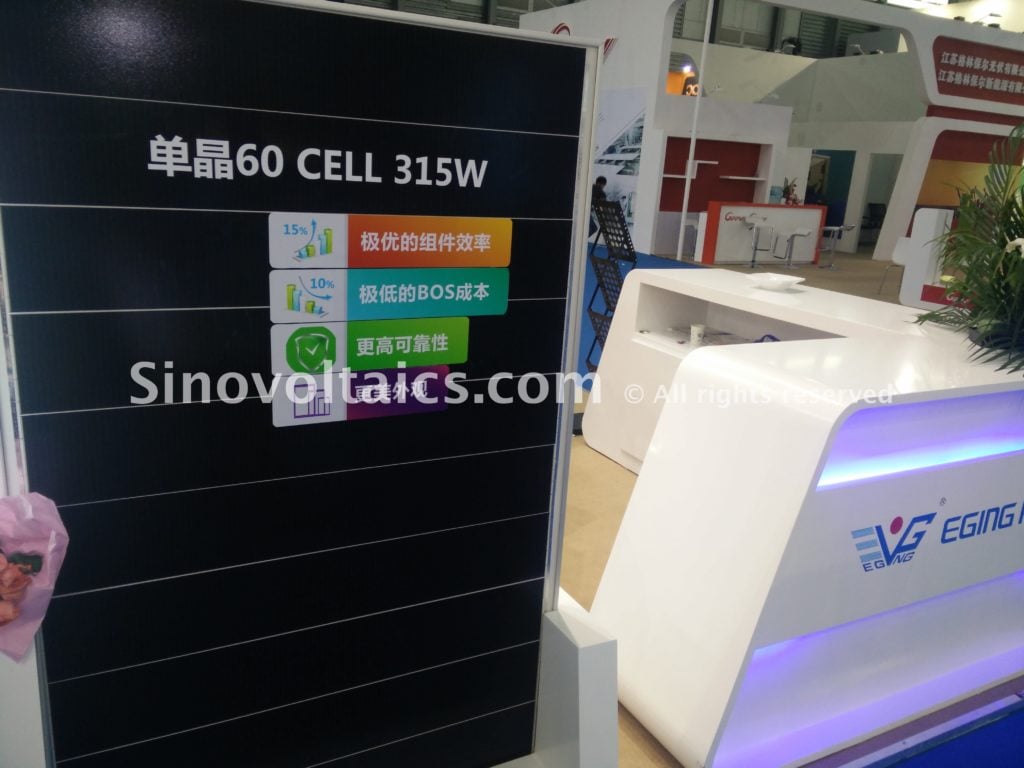

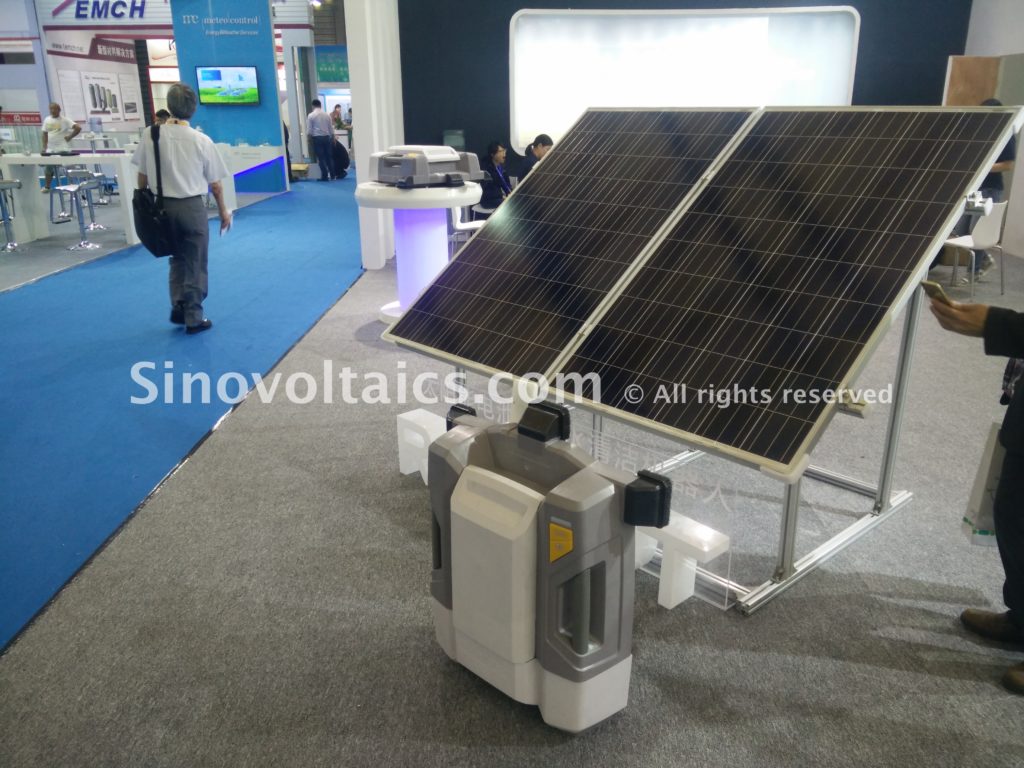
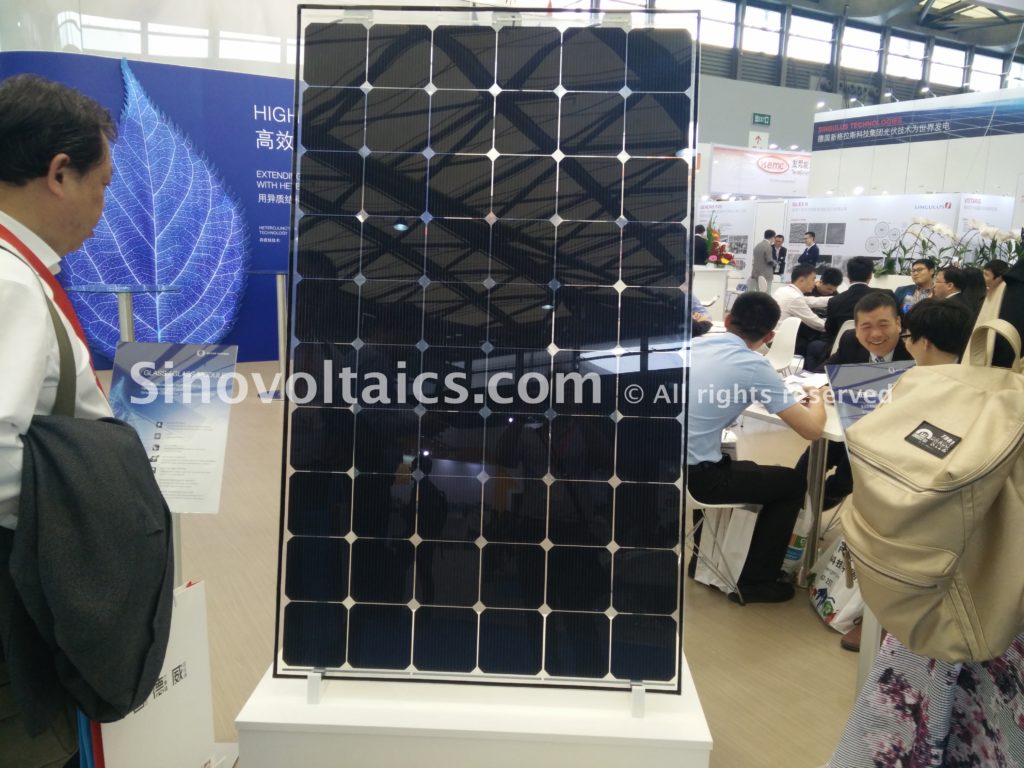
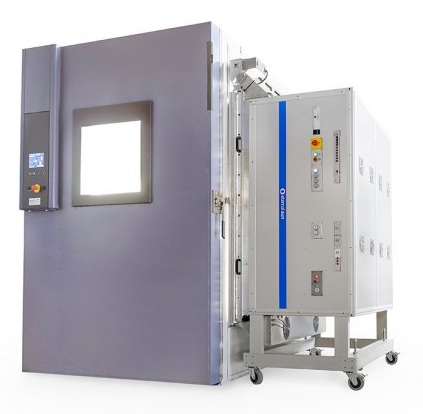
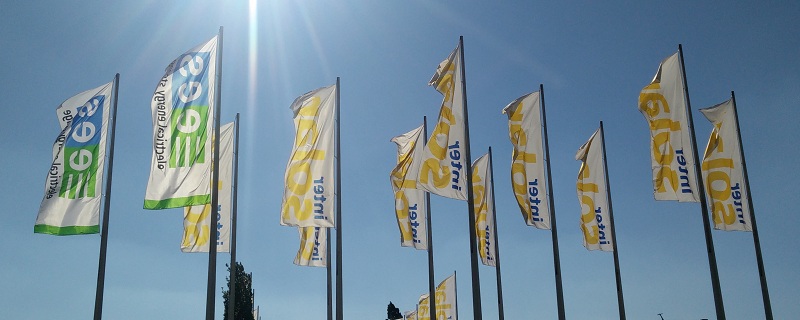
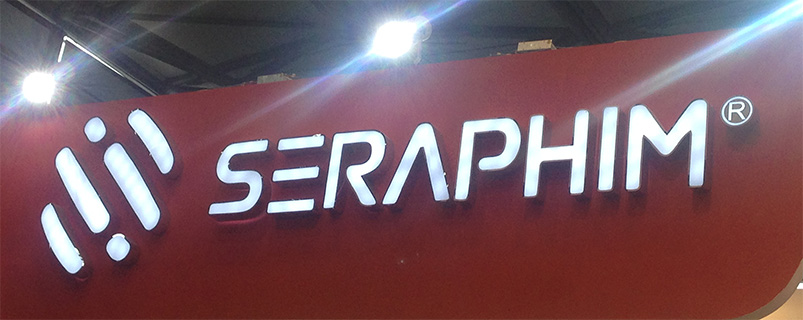

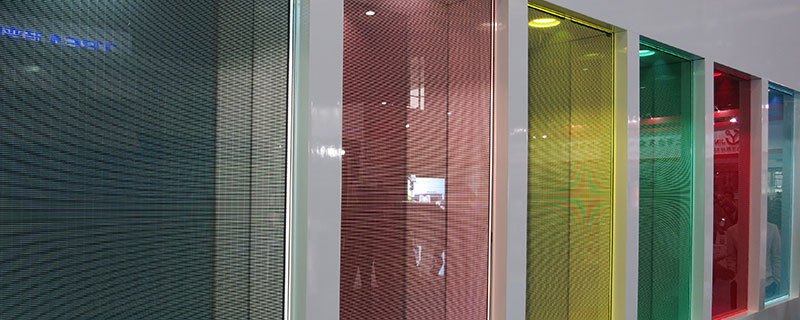
ravada vijaya durga
on 11 Dec 2017jignesh shah
on 15 Jun 2016salman
on 05 Nov 2017